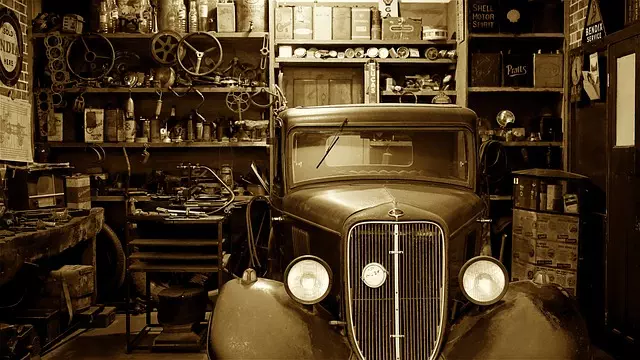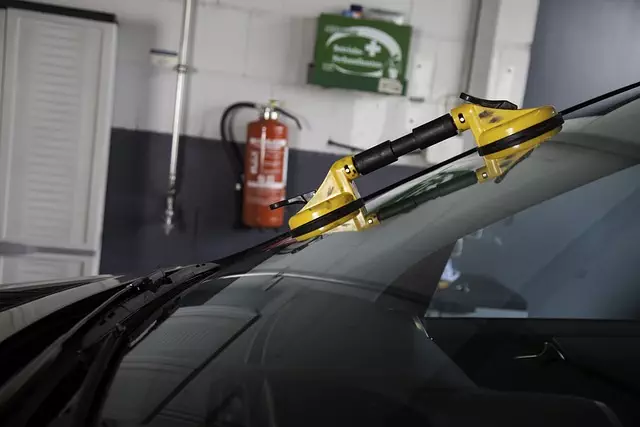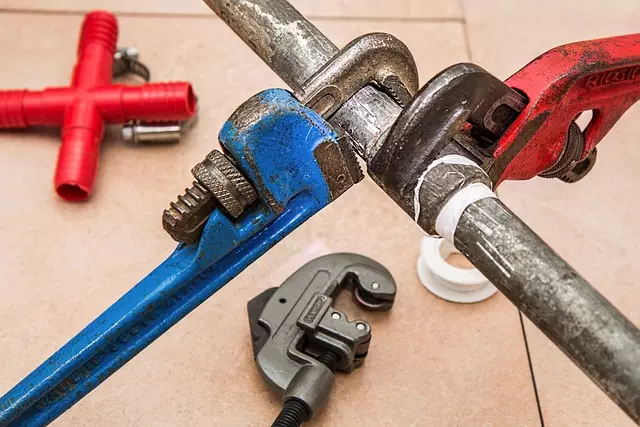Home repair projects can present unexpected challenges even for experienced DIY enthusiasts. Key issues include misjudging one's skills and underestimating the complexity of tasks like electrical repairs or plumbing work, which carry significant risks such as fires or leaks if not executed correctly. To successfully manage these problems, having the right tools and comprehensive guidance is crucial. For electrical repairs, a detailed guidebook or consulting with a licensed electrician can ensure safety. In plumbing, mastering soldering techniques to create secure and leak-proof joints is essential. Similarly, laying new flooring or painting requires careful preparation to avoid damage to underlying surfaces. Home Repair and Maintenance involves a combination of patience, detail orientation, and sometimes professional intervention to correct errors and prevent recurring issues. Adhering to established best practices and seeking expert advice when necessary can help homeowners handle common DIY mishaps and maintain a secure, well-kept living environment. Safety is paramount, especially when using tools like drills, saws, hammers, and ladders; understanding their correct use, potential hazards, and implementing safety measures for each tool is vital to avoid accidents. Investing in quality protective gear further enhances the safety and efficiency of home upkeep tasks, all under the umbrella of Home Repair and Maintenance best practices.
Embarking on do-it-yourself projects can be a rewarding endeavor for homeowners seeking to enhance their living spaces. However, without the right knowledge or tools, even the most well-intentioned repairs can lead to mishaps. This article serves as a comprehensive guide for homeowners who have encountered DIY failures in their home repair and maintenance endeavors. We’ll explore common pitfalls, offer solutions to fix them, and emphasize the importance of tool safety, planning, and having an arsenal of essential tools at your disposal. From understanding the nuances of electrical work and plumbing to mastering the art of painting, this guide will equip you with the know-how to tackle home repairs confidently and efficiently. Learn how to identify structural damage, select quality materials, and navigate seasonal tasks to maintain a safe and comfortable abode. With practical strategies and insightful tips, you’ll be well-equipped to avoid common mistakes and achieve success in your home repair and maintenance efforts.
- Common DIY Home Repair Mishaps and How to Fix Them
- Understanding Tool Safety for Effective Home Maintenance
Common DIY Home Repair Mishaps and How to Fix Them

When tackling home repair projects, even the most diligent DIY enthusiasts can encounter mishaps. Common issues arise from overconfidence in one’s abilities or a lack of understanding of the task at hand. For instance, attempting to fix electrical problems without proper knowledge can lead to dangerous situations, such as shorts or fires. Similarly, plumbing repairs that involve soldering pipes without precise techniques can result in leaks. To address such issues, it’s crucial to have the right tools and information. For electrical failures, a step-by-step guide or a consultation with a licensed electrician can provide the necessary clarity to perform safe repairs. When dealing with plumbing leaks, understanding the correct soldering techniques, including cleaning the joint thoroughly, applying the right amount of solder, and ensuring a tight fit, is paramount. In other scenarios, such as replacing flooring or painting walls, improper preparation can lead to an uneven finish or damage to the underlying surface. Home repair and maintenance require patience, attention to detail, and sometimes, professional guidance to ensure that mishaps are corrected effectively and prevent future problems. By adhering to best practices and seeking expert advice when necessary, homeowners can confidently address common DIY home repair failures and maintain a safe and well-maintained living environment.
Understanding Tool Safety for Effective Home Maintenance

When embarking on home repair and maintenance tasks, a fundamental aspect to consider is the safety protocols associated with the tools used. Ensuring that one is well-versed in the proper handling of equipment such as hammers, drills, saws, and ladders is not just a matter of caution; it’s integral to the success and longevity of your DIY projects. Each tool comes with its own set of guidelines for safe operation, which include understanding the type of work it is suited for, the correct way to hold and use it, and recognizing the potential risks involved. For instance, electric drills and saws require attention to power cord management and proper protective gear to prevent electric shock or injury from flying debris. Similarly, ladders must be set up on a stable surface to avoid falls, and hammers should be used with a firm grip to ensure precise, controlled strikes that minimize the risk of slipping and causing harm to oneself or damaging materials. By adhering to these safety measures, you not only protect your well-being but also enhance the quality and durability of your home repair and maintenance efforts. Remember to read the manufacturer’s instructions for each tool, invest in high-quality protective gear, and take the time to familiarize yourself with the safest practices before beginning any project. This proactive approach will help you navigate home repairs and maintenance with confidence and care, leading to a safer and more effective upkeep of your living space.
When tackling home repair and maintenance tasks, encountering mishaps is not uncommon. The key to successfully addressing these issues lies in understanding both the common pitfalls and the proper safety measures associated with tools. By familiarizing oneself with DIY solutions for common repairs, as detailed in “Common DIY Home Repair Mishaps and How to Fix Them,” and prioritizing tool safety as outlined in “Understanding Tool Safety for Effective Home Maintenance,” homeowners can confidently manage their home repair needs. Remember, a well-maintained home is a testament to one’s ability to handle home care with competence and care.


